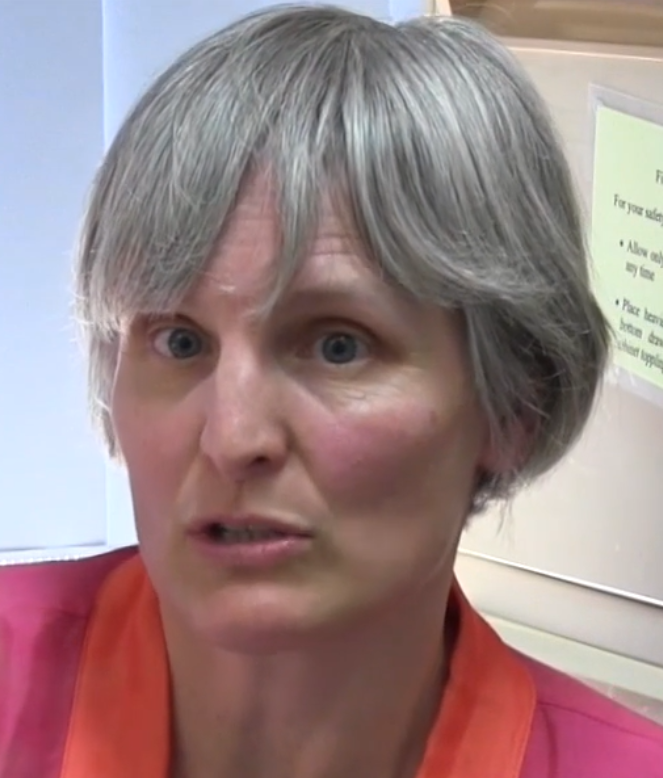Learning and achieving
Students with disability have the right to learn and to demonstrate their achievement on the same basis as students without disability. Schools adjust learning activities and assessment tasks all the time to meet the needs of different students, including students with disability. Sometimes individual students will work on different tasks or activities in order to learn, or to show what they have learnt and are able to do.
What the law says
Under the Disability Standards for Education 2005 This link will open in a new window (the Standards), students with disability have the right to learn and achieve on the same basis as other students. These rights are outlined in the Standards for curriculum development, accreditation and delivery. The needs of students with disability must be taken into account when:
- planning learning activities for students
- teaching students
- assessing (testing) student learning.
It is good practice to design learning activities from the outset so that students with disability can participate on the same basis as other students. If this is not possible, then learning activities may need to be adjusted later. For example, a primary school teacher may place pictures of footprints on the floor before an activity so that students can see where to stand if verbal instructions are insufficient.
Teaching methods may also be adjusted to reduce barriers to learning for students with disability. For example, students who need support to organise their work are supported to complete a large essay when the teacher breaks it into a series of smaller writing tasks, each with its own sub-questions.
Assessment may need to be adjusted to give students with disability opportunities to show their learning in ways that do not disadvantage them because of their disability. For example, a student who has injured their writing arm may be able to use a computer during class tests.
Learning and achieving: In practice
Students have the right to learn and be assessed on their learning.
Schools can comply with the Standards for curriculum development, accreditation and delivery in many ways. Some examples include:
- working with a speech pathologist to develop the communication strategies of a Year 8 student
- arranging for an interpreter to support a student with a hearing impairment
- providing braille versions of set text books for a Year 10 student who is blind
- ensuring online course materials for Year 9 students with low vision are accessible on a screen reader
- arranging for a Year 4 student with severe anxiety about public speaking to present his project to a small group, rather than to the whole class
- lashing three canoes together to provide stability for a student with disability who has coordination difficulties that limit her ability to develop paddling skills
- allowing a Year 9 student with diabetes to eat appropriate snack foods in class as necessary, to take breaks for blood-glucose monitoring, and to take extra time during exams to accommodate these breaks
- providing a note-taker during independent classroom activities for a student with chronic fatigue
- supporting the learning of a primary student with a mild intellectual disability by giving sentence-starters during writing, repeating instructions to ensure understanding, and reading aloud any written information about classroom activities.
Story: Emily's assessment
Emily is in Year 7. She enjoys hands-on learning activities and needs support with words and numbers.
After consulting with Emily's parents, her teacher plans a series of games and practical exercises that explain and explore key mathematical concepts using pictures and objects. For example, when learning about the meaning of π (pi) the class goes to the park and students measure the width of trees and the distance around the trunk. Emily quickly concludes that the distance around a tree trunk is always a bit more than three times the width.
The teacher assesses Emily’s learning by asking her to demonstrate her mathematical knowledge in any way she finds best. So, for the exam question: ‘What is the definition of π?’, the teacher is satisfied by Emily’s answer in the form of an annotated drawing.
- mail Email
-
BookmarkThis bookmark has been added to your bookmarks.Did you know you can organise your bookmarks into separate lists when you are signed in? Sign in or register
